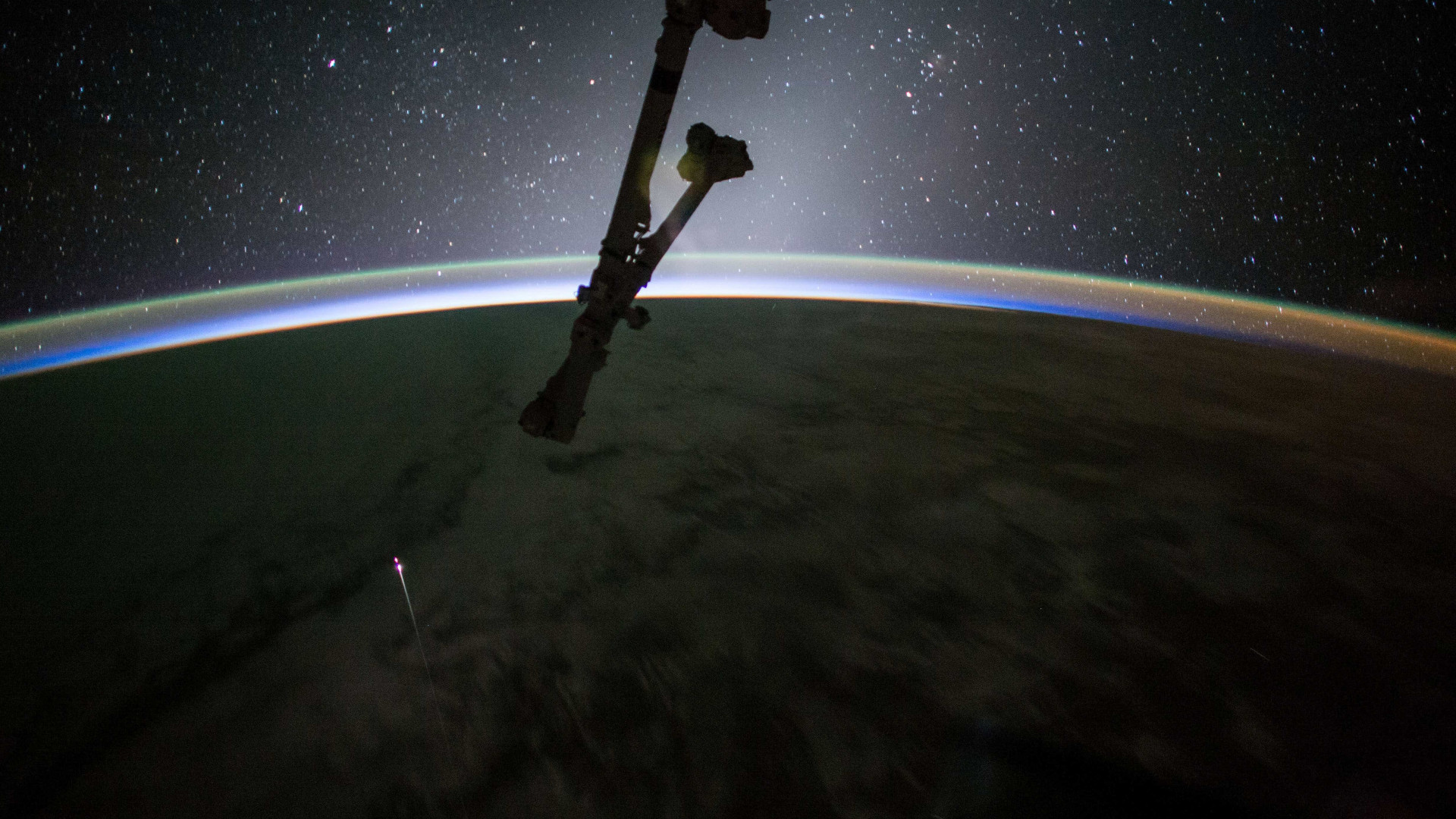NASA compara galáxias a 23 milhões de anos-luz com pinguim
Semelhança com o animal foi notada em uma publicação no Instagram

© Reuters / NASA NASA

Tech Deslumbrante
A NASA publicou uma foto nesta sexta-feira (2) em que mostra galáxias interativas, localizadas a 23 milhões de anos-luz da Terra. A própria agência espacial nota como o sistema espacial lembra o formato de um pinguim protegendo um ovo.
A agência espacial explica que o "pinguim" é, provavelmente, uma galáxia espiral rica em estrelas quentes, recém-formadas, que podem ser observadas pelos filamentos azulados. Já a parte do "ovo", com sua coloração esverdeada, representa um sistema de estrelas muito mais antigas, que perdeu seu reservatório de gás e poeira onde novas estrelas são formadas.
+ Inversão dos polos magnéticos pode deixar Terra inabitável
"Eventualmente, essas duas galáxias se fundem para formar um único objeto, com suas duas populações de estrelas, gás e mistura de poeira. Esse tipo de fusão provavelmente foi um passo significativo na história da maioria das grandes galáxias que vemos ao nosso redor no universo vizinho, incluindo nossa própria Via Láctea", explica a NASA.
E você? Também acha que as galáxias lembram um pinguim protegendo seu ovo? Confira abaixo.

 PORTUGAL
PORTUGAL






